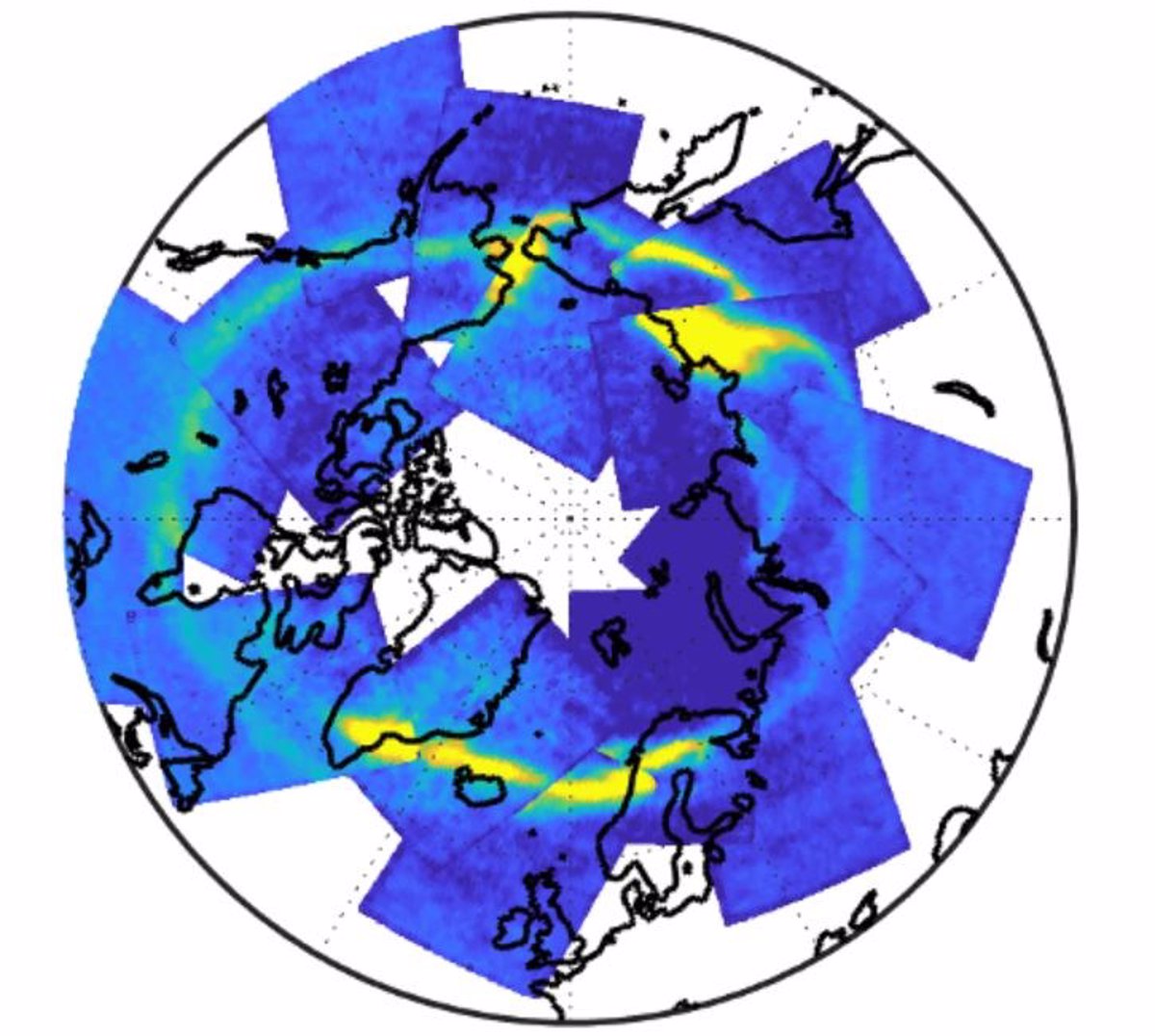Madrid, June 21 (European Press) –
New research has been published in Geophysical Research Letters Global observations of the aurorae have revealed carbon dioxide (CO2) associations using satellite measurements.
While the night sky, with its twilight twilight, has captured the attention of scientists and sky-gazers for centuries, So far not much is known about the carbon dioxide-related aurora borealis
In addition to the dazzling green and red lights moving across the sky, the aurora borealis have many associated emissions that occur in different regions of the atmosphere, most of them They are not visible to the human eye.
Earth’s atmosphere consists of several layers. The troposphere is where we experience most of Earth’s weather. The next layer, the stratosphere, Contains the Earth’s ozone layerWhich protects us from the harmful ultraviolet rays of the sun. The middle layer is the mesosphere, where meteorites burn up when they encounter the increasing density of Earth’s atmosphere.
Above this layer is the thermosphere, which lies between 80 km and 700 km above the Earth’s surface, superimposed on the ionosphere, The part of the atmosphere charged with ions and electrons.
Near the bottom of the thermosphere is the “edge of space”, It is also known as the Kerman Line, at an altitude of about 100 km. The Kerman line indicates the height at which satellites can orbit. Many auroral emissions occur in the thermosphere and ionosphere region of Earth’s atmosphere. The common green and red auroras occur near altitudes of 100 km and 250 km, respectively, due to the excited state of atomic oxygen.
When energetic particles collide with Earth’s atmosphere, they interact with a mixture of atoms and molecules. One of these molecules is carbon dioxide. Although carbon dioxide is known for its effects in the troposphere as a greenhouse gas, It is also present in small amounts in Earth’s atmosphere at the edge of space.
High above the ground, about 90 km, Carbon dioxide is vibratingly induced during the aurora borealisemits more infrared radiation than is normally observed in the atmosphere.
To monitor the high infrared signals of carbon dioxide during the aurora borealis, lead author and ASU scientist Katrina Bossert, together with an international team of researchers, used the Infrared Atmospheric Sounder, which collects infrared energy emitted from the Earth’s surface and atmosphere globally, every day. Its data provides 3-D measurements of temperature and water vapor through the atmospheric column and a range of trace gases and the surface and cloud properties aboard NASA’s Aqua satellite.
The International Collaborating Science Group observed high infrared signals of carbon dioxide during the aurora borealis. The work to isolate these emissions provides a dataset for future research to study auroras and precipitation of energetic particles globally.
This provides a A new method for observing Earth’s aurora borealis from space. Different auroral emissions can be associated with different heights and particle energies.” It’s a statement Bossert, assistant professor in Arizona State University’s College of Earth and Space Exploration and College of Mathematical Sciences and Statistics. “The aurora’s emissions of carbon dioxide occur in the region we consider the edge of space, where it is slightly lower than where satellites normally orbit. The observations may shed light on the physical processes associated with the aurora borealis.”
While it was previously known that carbon dioxide can be excited during the aurora borealis, this dataset and analysis method provides the first daily global observations over regions of the northern and southern hemispheres. Using the satellite tool for analog viewing.
The satellite measurements span more than 20 years and can be used in future studies of the aurora borealis and the interactions of energetic particles with Earth’s atmosphere.





